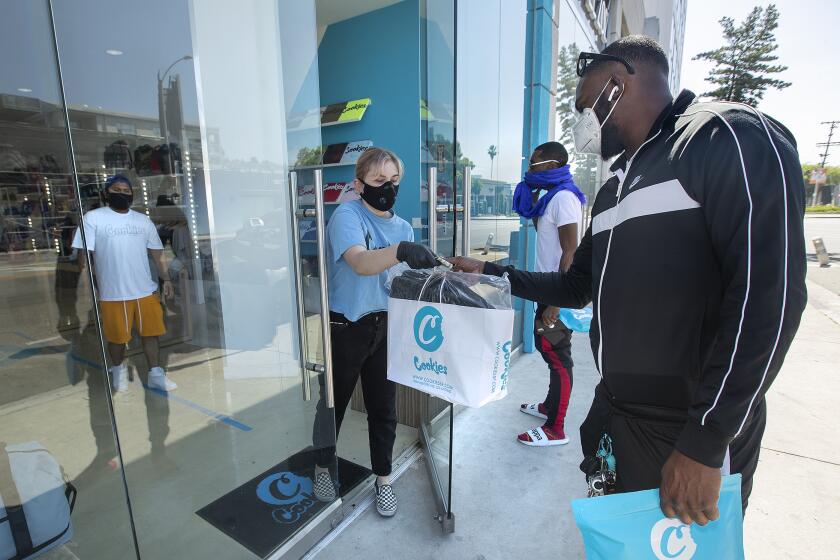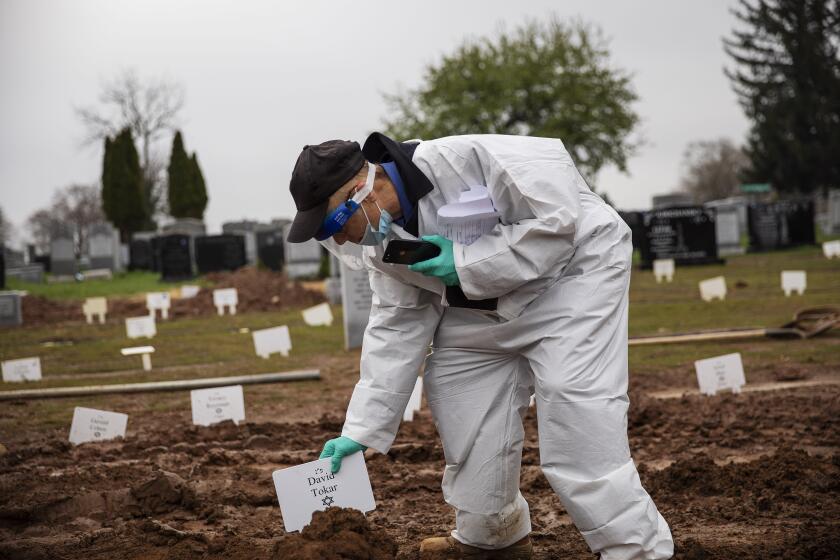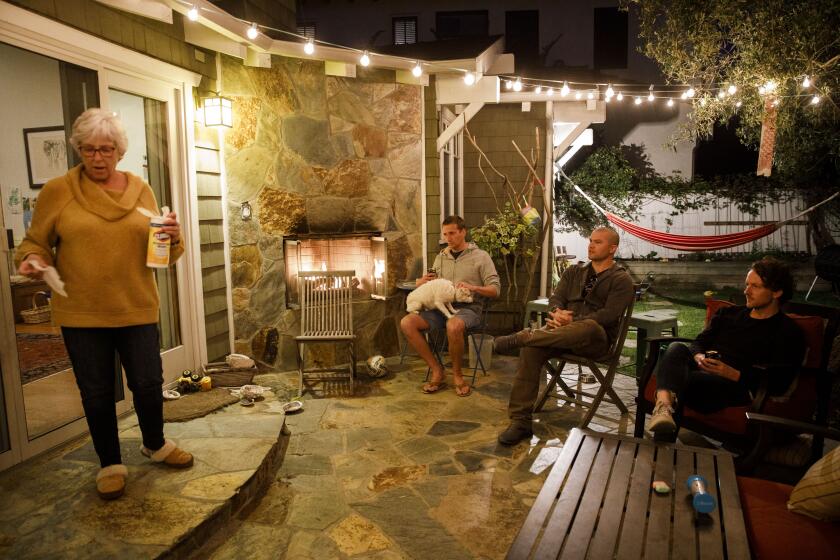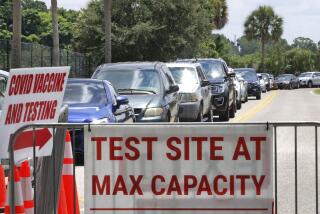Now you can see the relationship between reopening policies and COVID-19 cases

Florida. South Carolina. Arizona. Nevada.
In these and other states across America, the number of new COVID-19 cases is growing at an alarming rate, and there is no indication that the coronavirus that causes it will slow down anytime soon.
Arizona Gov. Doug Ducey warned this week that hospitals in his state could hit surge capacity very shortly and urged residents to stay home when possible, wear masks, and stop gathering in large groups.
He stopped short, however, of reimposing any formal restrictions on Arizonans’ activities, appealing instead to their sense of altruism and community.
In Florida, Gov. Ron DeSantis is continuing to move toward the final tier of his three-step plan to reopen the Sunshine State, even as it contends with the sharpest increase in new cases anywhere in the country,
DeSantis said it was a blessing that in the past few weeks the majority of people testing positive for the virus had shifted from those over 50 to those ages 18 to 44, a group less likely to be hospitalized for COVID-19 or to die of the disease, the Tampa Bay Times reported.
Cities and states are pressing ahead with plans to do so. But has anything changed about the coronavirus that makes it safer to go out now?
But health officials caution that — unless there are interventions in place like widespread mask-wearing, social distancing, and robust testing followed by contact tracing — the virus will almost certainly reach older populations as well.
“You won’t see the same peak in deaths right now that you saw earlier in the pandemic, but it will eventually spread to people who will die,” said Jennifer Nuzzo, an epidemiologist at the Center for Health Security at the Johns Hopkins School of Public Health.
Nuzzo and her colleagues have created a new data visualization tool that combines the number of new COVID-19 cases and deaths reported every day in each state with the dates that reopening policies have been implemented there.
The goal is to help researchers, policy makers and the public understand the impact of reopening measures on the number of new cases in each state.
Their hope is that officials might use the data to make decisions about lifting or reinstating infection control policies as the pandemic evolves.
Nuzzo spoke with the L.A. Times about what the new tool can tell us, why all reopenings are not equal, and why we should always remember that, when it comes to this coronavirus, no outcome is ever inevitable.
What patterns emerge when you look at the data this way?
Well, first of all, we can’t infer causality from this data, but we can make observations.
I’ve been mostly looking at Texas and Arizona. What we are seeing is a first opening, a pause, and then a whole bunch of openings right after each other. It seems after that is when we see a rise in cases.
But there are states that have followed a similar pattern of reopening and not seen the same spike in cases. What explains that?
My sense is that it’s not just reopening and allowing people to mix more that matters — it’s how you reopen. If you say, “We are open, but we really don’t want you to go out,” that’s very different from, “We’re open. Go out and support the economy.”
How those reopenings were messaged and whether people were told to wear masks and maintain physical distance make a difference.
Anything else?
Given that the closures and shutdowns did not make the virus go away, it was clear that if you opened back up, you would see a rise in cases.
Researchers calculate that there were 122,300 more deaths in the U.S. in March, April and May this year than are typically seen during that three-month period.
If a state did not want those case numbers to accelerate, they need to have other measures in place like no gaps in testing, the ability to make sure that everybody who tests positive is isolated at home, and contact tracing.
It seems like the states we are most worried about now opened up with nothing to replace the shutdown.
The tool you created lets you toggle between cases and deaths. In hot spot states like Arizona and Florida, cases are spiking but not deaths. Why is that?
It’s too early for states to see their death tolls rise. Deaths have a three- to four-week lag behind the growth in new cases.
Also, the new cases are in a younger population, so we won’t see the same peak in deaths — yet. But younger people will spread it to older folks eventually.
It is important for people who are more at risk — including people 65 and over — to protect themselves.
Some people have expressed concern that we have opened too fast. Do you think that’s true?
This is a long-term game, and I think we have to have a sustainable approach here. I’m not sure telling everybody to never leave their houses is sustainable. We don’t have to strive for complete perfection, but if we all did a bit more to reduce our ability to get infected and spread the disease, it would help.
You’ve stayed at home long enough and want to socialize with your friends. Here’s how you can gather without putting your health -- or theirs -- in jeopardy.
For example, parents can make sure they have outdoor playdates, rather than taking their kids to Chuck E. Cheese, which is like a wet market for children.
Is there anything else you’d like people to know?
Nothing is inevitable. A lot of my colleagues are deeply depressed about the numbers, but look at New York’s data — they came back from the brink and now they are doing well and continue to do well.
Individuals have more power than they think. You might feel powerless, but you are not. You can make decisions, and you do not have to be perfect to have an effect.
This interview has been edited for length and clarity.










